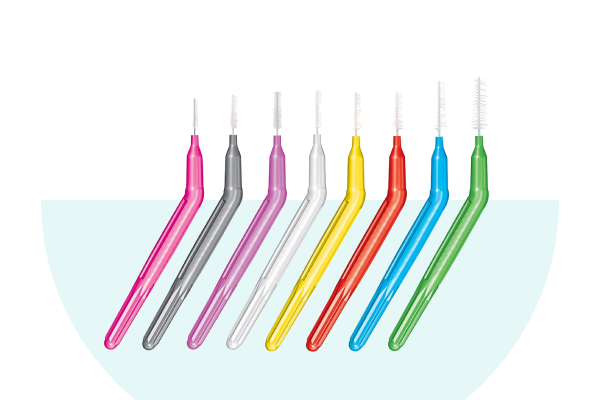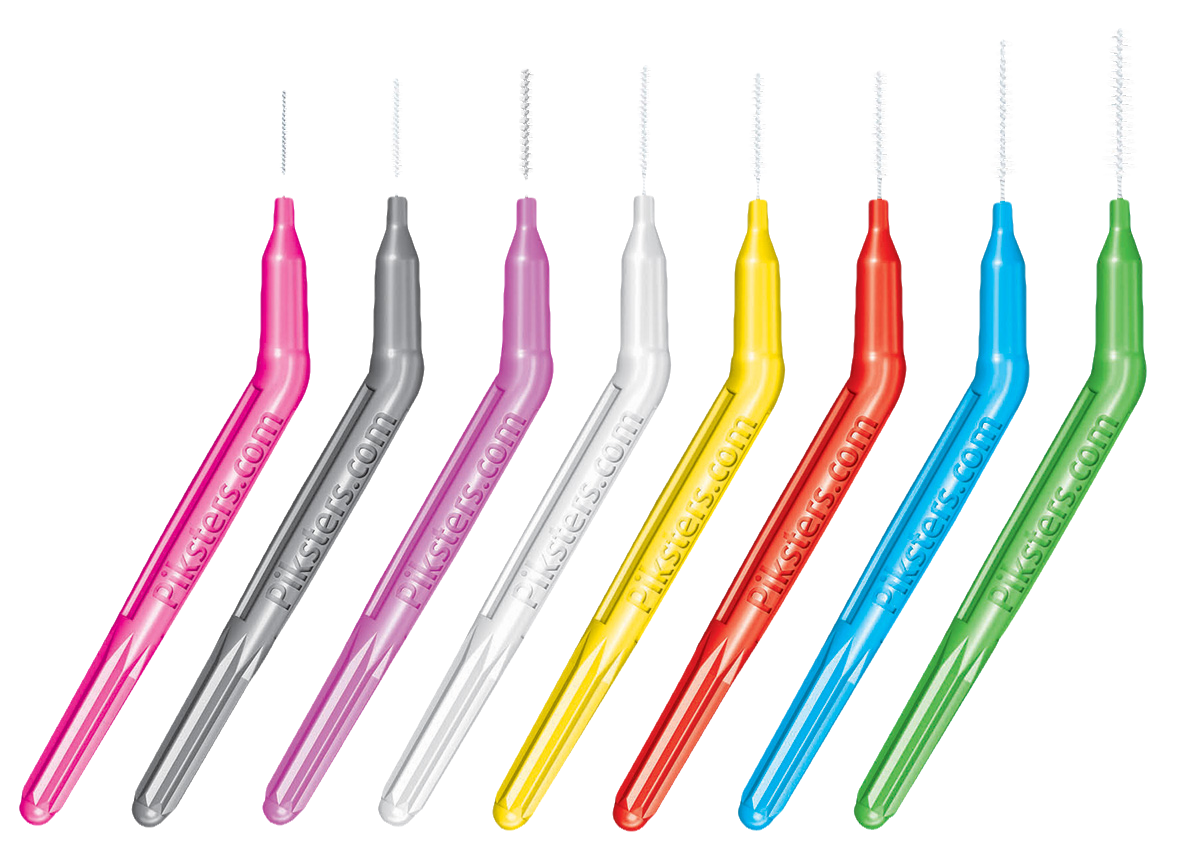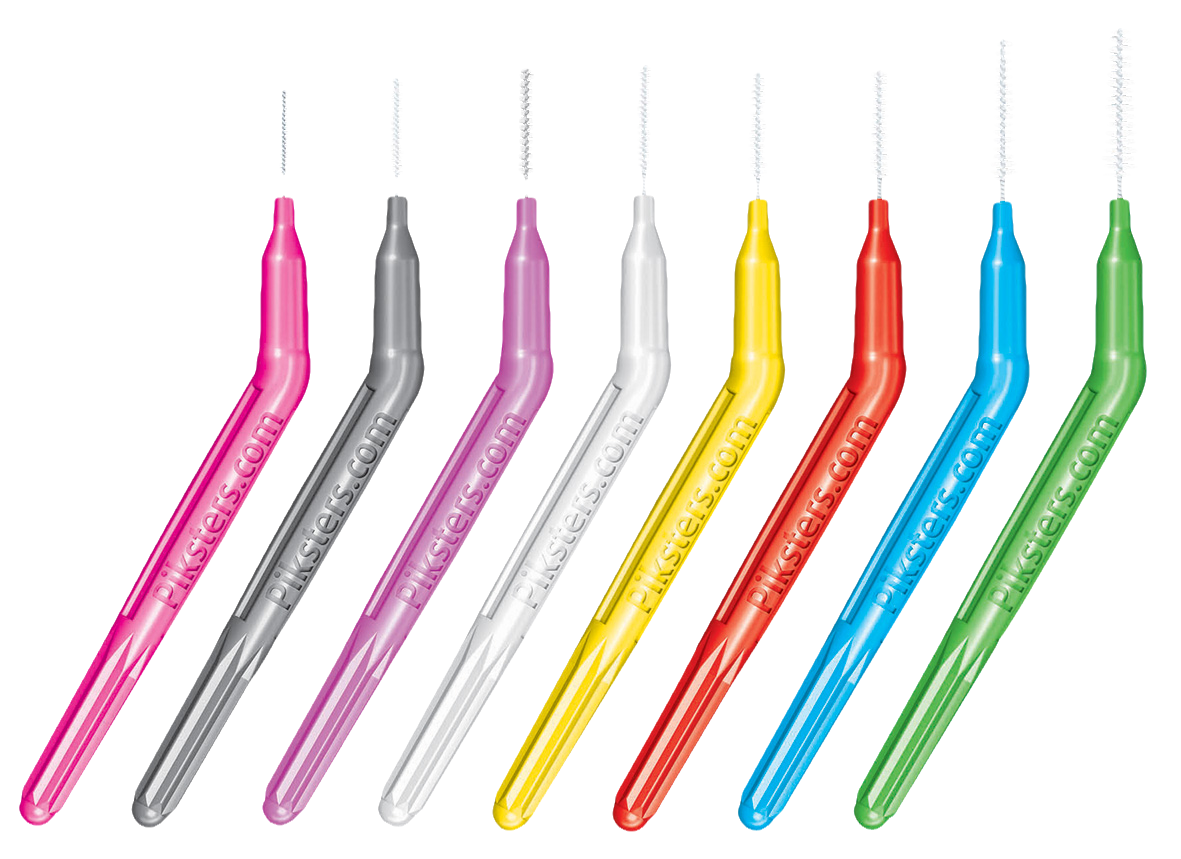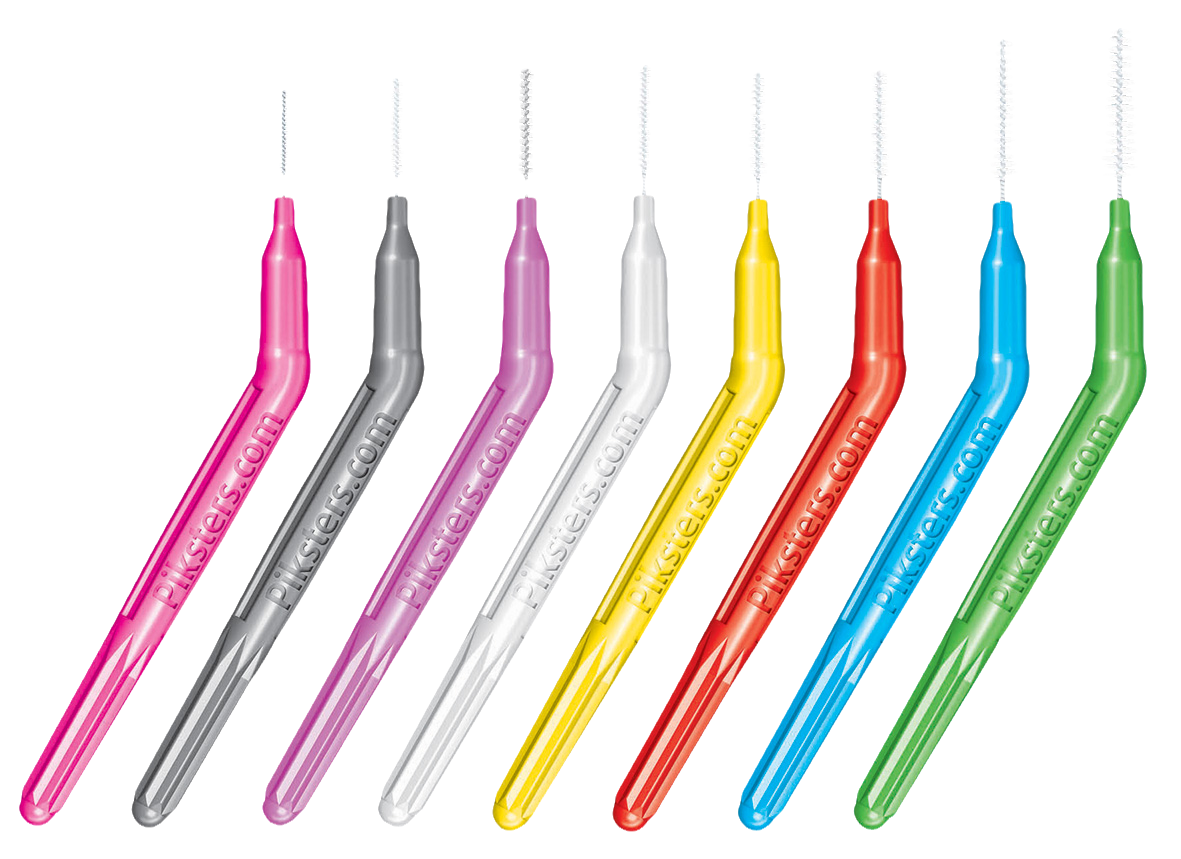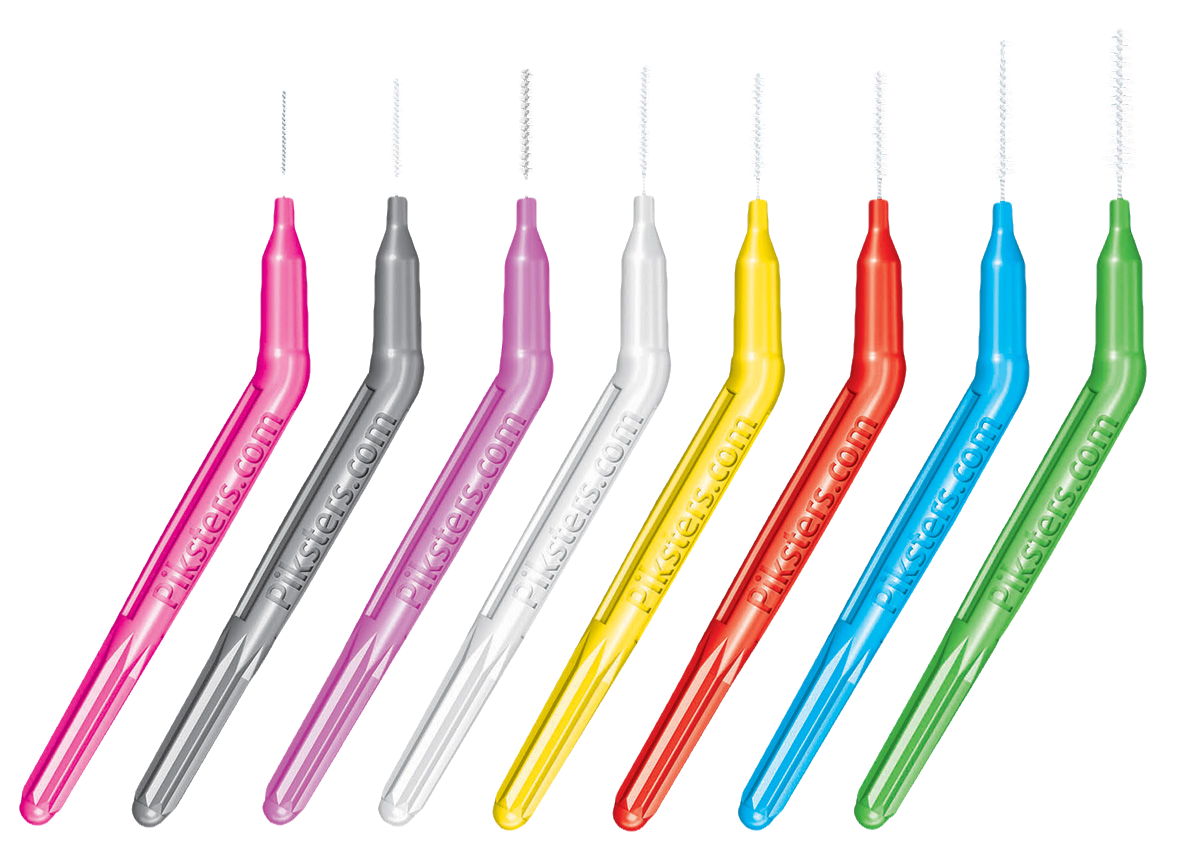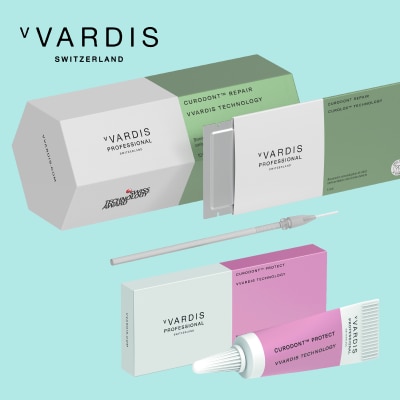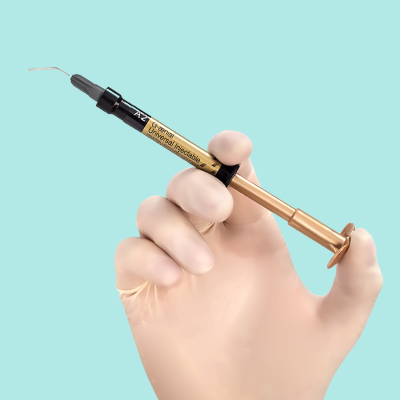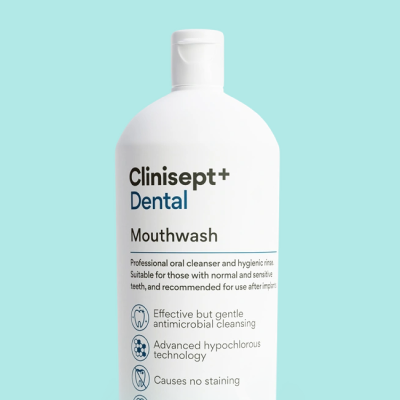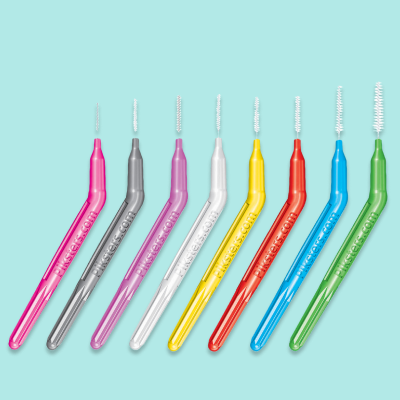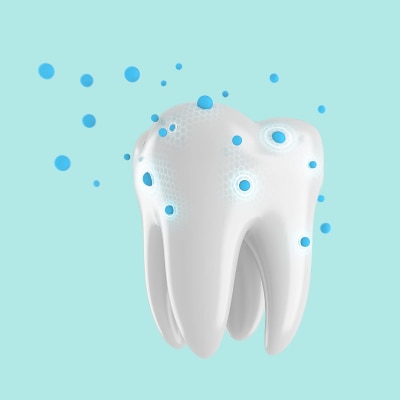The popularity of interdental brushes has soared in recent years among both dentists and the public. Patients are now more aware that skipping interdental cleaning means they “miss 40% of tooth surfaces”. Many experts now recommend interdental brushing over flossing, including the British Society of Periodontology.
TePe have dominated the global interdental brush market for many years, however newer entrants to the market are able to offer high quality products with compelling product benefits at better value. One such brand is Acclean.
What Are Acclean Interdental Brushes?
Acclean interdental brushes (a brand association with Piksters) are designed for cleaning plaque and bacteria from the areas between teeth that a toothbrush cannot reach. Acclean brushes are made of superior durable plastic-coated wire that reduces the chances of the brushes bending and helps prevent damage to the teeth. This strong and stiff design allows patients to reuse the brush a few more times after a thorough rinse. The brushes are particularly suitable for patients with orthodontic braces, fixed retainers, implants, or crown and bridge work.
The brushes have individual hygienic caps for storage, which can also be used to lengthen the handle for easier access to molar or premolars. They can be used one-handed, making them easier to use than floss.
Acclean offer a wide array of coloured-coded interdental brush sizes – see our easy conversion table which shows how you can move from a TePe brush to an Acclean brush.


How to Use an Interdental Brush
For the best results, it is important the patient uses the most appropriate size or sizes. Brushes should not be forced into a tooth gap or feel too tight. Interdental brushes should be used gently between the teeth and worked around the whole mouth so not to miss any areas. To make cleaning easier and more comfortable for the user, Acclean brushes come with a flexible grip that makes it easier to reach interdental spaces in the back of the mouth
New users may experience bleeding gums at first as plaque build-up is removed, but this should reduce after about a week as the gums become healthier. If a patient reports continued bleeding beyond this point, it may be a sign that they are not using their brushes correctly or require further clinical assessment.
